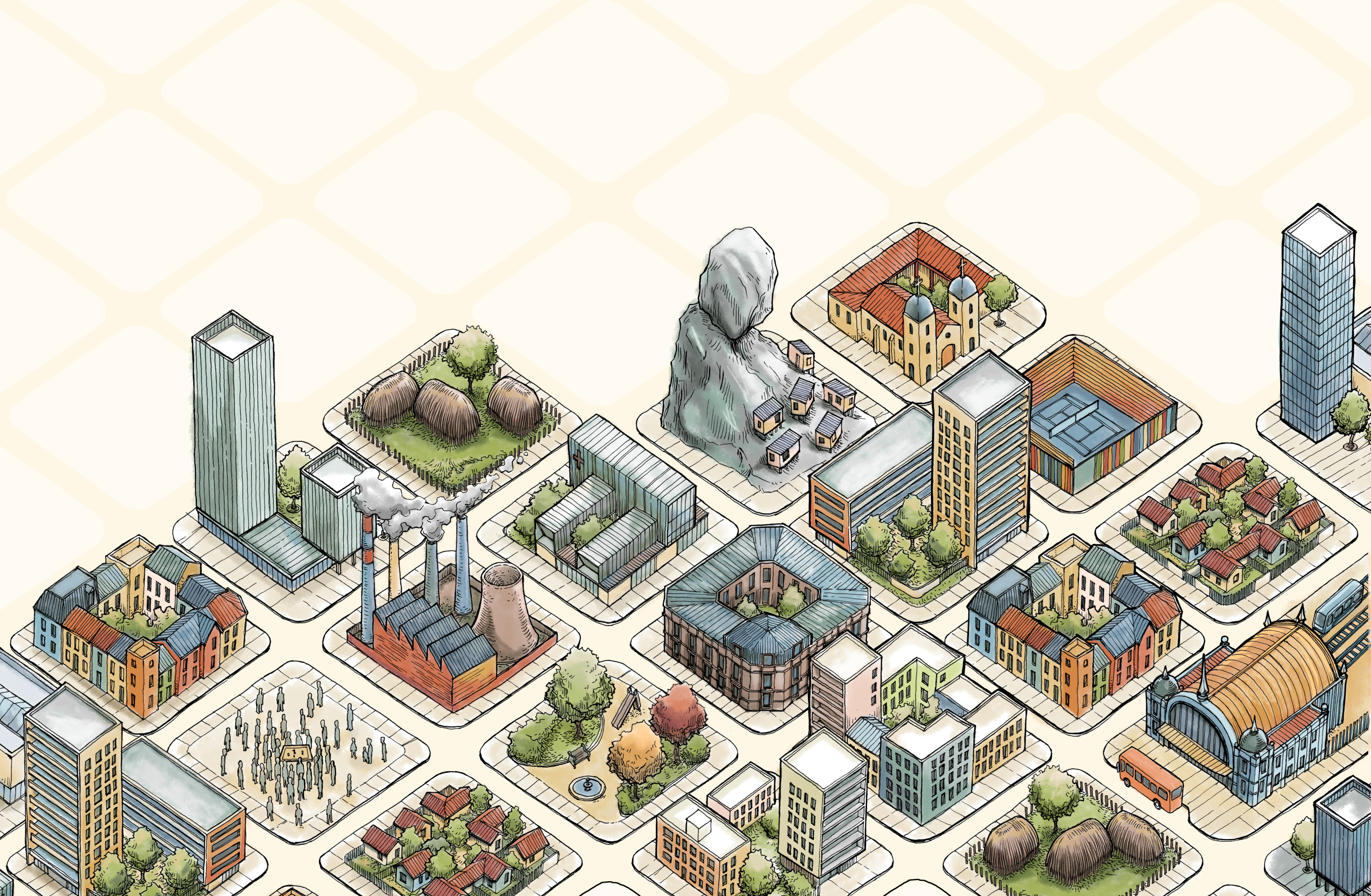Degradation and oblivion
Heritage Cemetery N°2 of Panteón hill of Valparaíso and the problem of its conservation
DOI:
https://doi.org/10.7764/plan.050.109Keywords:
Heritage Cemetery, Conservation, Valparaíso., Heritage Cemetery, Conservation, ValparaísoAbstract
The three oldest heritage cemeteries in Valparaíso currently coexist on a plateau 30 meters above sea level, declared Historical Monuments by the Council of National Monuments of Chile in 2005. Two of them were founded in 1825, and the third in 1846 along with the jail that was located on the adjacent hill.
Over the years, the Panteón and Cárcel Hill that used to be in the periphery, got trapped in the middle of the city, with which, they have had to reinvent and revitalize themselves through new uses and infrastructures, among them, the Valparaíso Cultural Park located in the grounds of the former Prison. The building of an old prison may become something else, but not a cemetery. These sites are part of an urban circuit to which they no longer belong, and have been submerged into a heritage devaluation that results in the abandonment, deterioration and also the vandalization of their graves and structures in general. This article analyzes three variables that explain the reason for this spiral of degradation with no apparent exit, focusing on the particular case of Municipal Cemetery No. 2.
Downloads
References
De la Cerda, E. (2015). De límites y patrimonio urbano. El caso del Borde costero de Valparaíso. Ediciones ARQ. 2015. Recuperado de http://www.edicionesarq.cl/2015/de-limites-y-patrimonio-urbano-el-caso-del-borde-costero-de-valparaiso/
De Nordenflytch, J. (2012). El futuro del patrimonio: Sostenibilidad local en contexto global. Taller Sur 2012: Patrimonio Cultural Sostenible. Visiones, prácticas e innovación desde la arquitectura, Instituto de Arquitectura y Urbanismo, Universidad Austral de Chile, Valdivia.
Ministerio de Salud. Reglamento General de Cementerios. Fecha Publicación: 18 junio,1970. Recuperado de https://www.bcn.cl/leychile/navegar?idNorma=12643.
Isaza Londoño, J. L. (2005). Carta internacional de Morelia. Relativa a cementerios patrimoniales y arte funerario. Apuntes: Revista De Estudios Sobre Patrimonio Cultural, 18(1-2). Recuperado a partir de https://revistas.javeriana.edu.co/index.php/revApuntesArq/article/view/9065.
Naveillan, M., & Montecinos, J. (2019). Gestión Turística Patrimonial en la puesta en valor en los Cementerios Municipales de Valparaíso Chile. XX Encuentro de Cementerios Patrimoniales. Los cementerios como recurso cultural, turístico y educativo. Málaga: Red Española de Cementerios Patrimoniales.
Ojeda, A. (2015). Los Rasgos Culturales de la muerte 1860-1930 Cerro Panteón. Ilustre Municipalidad de Valparaíso, Dirección de Gestión Patrimonial. Departamento Histórico Patrimonial y Archivo Histórico.
Ramírez, B. (2009). Alcances y dimensiones de la movilidad: aclarando conceptos, Ciudades, núm. 82, Red Nacional de Investigación Urbana, México.
Stambuk, P. (2007) Voces en el Panteón Historias y Personajes del Cementerio N1 de Valparaíso. Ediciones Universitarias de Valparaíso.
Tarrés, S. (2012) Patrimonio Cultural Funerario. Los Cementerios de las Minorías religiosas en España. Universidad de Huelva Jordi Moreras, Universidad Rovira i Virgili. En Geopolíticas patrimoniales (Santamaría, coord.). Germanía, Valencia, 2012.
Teruel, A. (2018). Siglo Veintiuno Editores, 2018. Corpus. Archivos virtuales de la alteridad americana.
Sitio web del Consejo de Monumentos Nacionales de Chile. Ficha declaratoria Cementerio 2. Recuperado dehttps://www.monumentos.gob.cl/monumentos/monumentos-historicos/cementerio-ndeg-2-valparaiso.
Sitio web de El Mercurio. Cementerios de Valparaíso: otro patrimonio en emergencia. Recuperado de http://www.economiaynegocios.cl/noticias/noticias.asp?id=352445.
Sitio Web del Servicio Nacional del Patrimonio Cultural. Charla sobre Cementerios de Valparaíso, 8 mayo 2014. Recuperado de https://www.patrimoniocultural.gob.cl/614/w3-article-37921.html?_noredirect=1
Sitio web de El Mercurio de Valparaíso. Personajes bajo tierra. Recuperado de http://www.mercuriovalpo.cl/prontus4_noticias/site/artic/20061029/pags/20061029023152.html
Sitio Web de El Mostrador. Cementerio N1 y N2 de Valparaíso, una mixtura entre nobleza, destrucción y olvido. Recuperado de https://m.elmostrador.cl/cultura/2019/03/27/cementerios-n1-y-n2-de-valparaiso-una-mixtura-entre-nobleza-destruccion-y-olvido/
Sitio Web de El Observatorio Fiscal. Corporaciones Municipales, la olvidada monarquía de los alcaldes. Recuperado de https://observatoriofiscal.cl/Blog/2017/07/corporaciones-municipales-la-olvidada-monarquia-de-los-alcaldes/
Sitio Web de la Asociación de Oficinas de Arquitectos (AOA). Cementerios nuevos conceptos arquitectónicos acordes a los requerimientos actuales. Recuperado de: https://www.pressreader.com/chile/la-tercera-especiales/20180318/281500751780680
Sitio Web de Ibero América Social. Cementerios, espacio simbólico. La memoria social.
https://iberoamericasocial.com/los-cementerios-espacio-simbolico-la-memoria-social/
Sitio Web de La Tercera. Deuda en municipio de Valparaíso creció siete veces en administración anterior. Recuperado de https://www.latercera.com/noticia/deuda-municipio-valparaiso-crecio-siete-veces-administracion-anterior/
Downloads
Published
How to Cite
Issue
Section
License
Copyright (c) 2023 REVISTA PLANEO

This work is licensed under a Creative Commons Attribution-NonCommercial-ShareAlike 4.0 International License.


